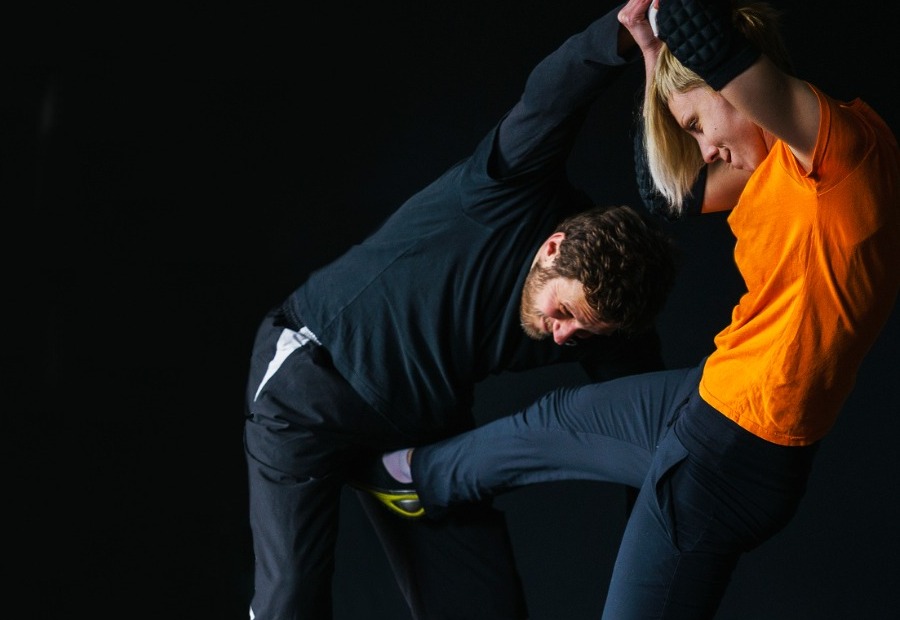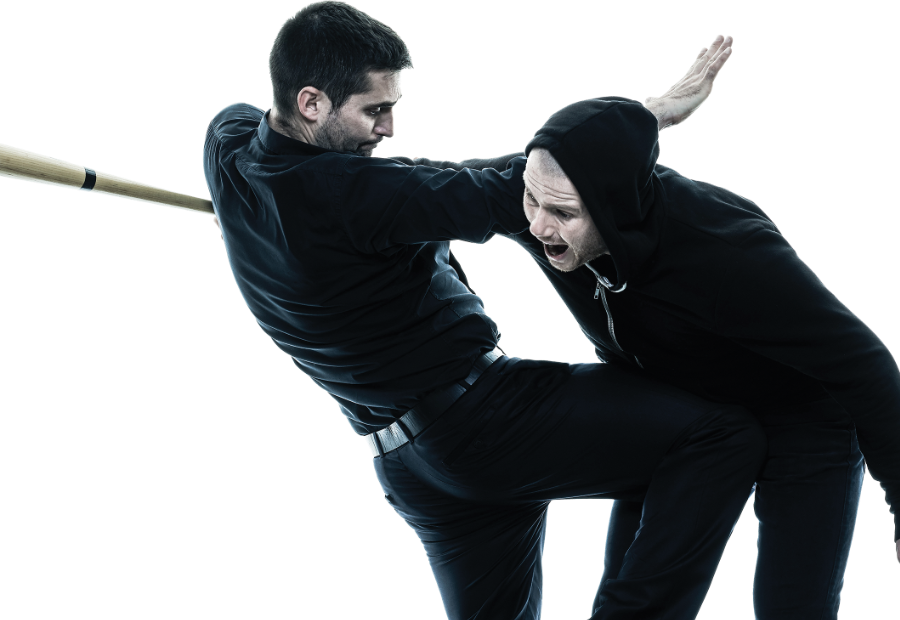What is Self-Defence
Self-defense in martial arts refers to the techniques and strategies used to protect oneself from physical harm or danger. Martial arts training can provide individuals with the skills and confidence to defend themselves in various situations. Here are some key aspects of self-defense in martial arts:
Techniques: Martial arts teach a wide range of techniques for self-defense, including strikes, kicks, blocks, joint locks, throws, and submissions. These techniques are designed to disable or neutralize an attacker effectively.
Awareness: Self-defense training emphasizes the importance of situational awareness. Being aware of your surroundings and potential threats can help you avoid dangerous situations and react quickly if necessary.
Confidence and Mental Preparedness: Martial arts training helps build confidence and mental resilience, which are essential for self-defense. Developing a strong mindset and the ability to stay calm under pressure can greatly enhance your ability to defend yourself.
Physical Fitness: Martial arts training improves physical fitness, strength, flexibility, and coordination. Being physically fit can give you an advantage in self-defense situations, allowing you to move quickly and effectively.
Self-Control and Discipline: Martial arts teach self-control and discipline, which are crucial in self-defense situations. Learning to control your emotions and respond appropriately can help you avoid escalating a situation unnecessarily.
Verbal and Non-Verbal Communication: Self-defense training often includes techniques for de-escalating confrontations through effective communication. Learning how to use verbal and non-verbal cues can help diffuse a potentially violent situation.
It's important to note that self-defense techniques should be used responsibly and only in situations where there is a genuine threat to your safety. Regular training and practice are necessary to develop and maintain self-defense skills effectively.


